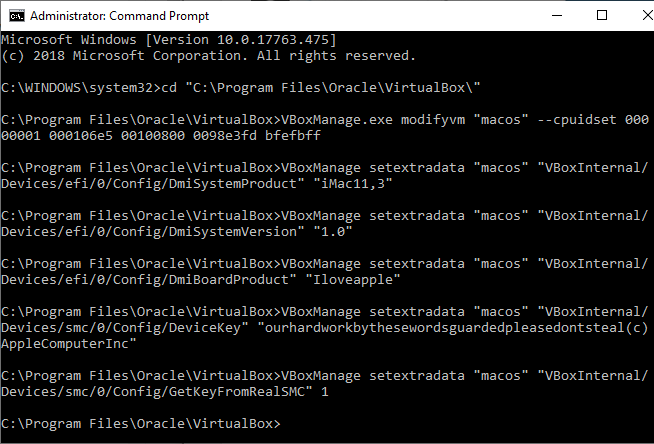

What seems to have happened is that the narrow border around the screen, drawn I think by VirtualBox itself, is covering the VM screen. Now, if we look more closely at the second image, we can see a cursor (near the top): Close up of the cursor.

Here’s what happens when I do that (grabbed this screen using Gimp, since Host-E gave an image identical to the above, which was not what I actually saw): The Win 7 machine on going to full screen using Host-F. Now, to get full screen, I hit ‘Host-F’ where the Host key is usually right Control. VirtualBox version 5.1.30.īoots fine, behaves well… here is the resulting desktop, captured using Host-E: Win 7 32-bit VM in VirtualBox.

32-bit Win 7 VirtualBox virtual machine (VM) running atop Linux (Debian Old Stable, 7.11).


 0 kommentar(er)
0 kommentar(er)
